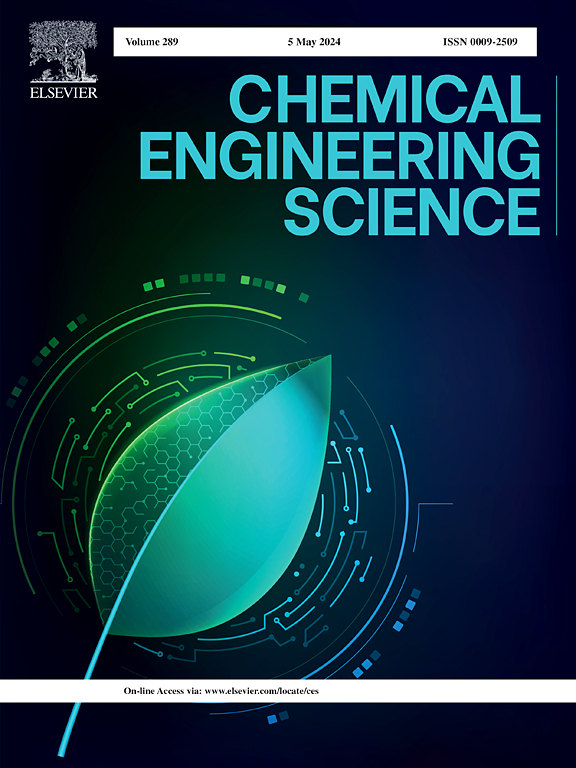循环流化床热释放辅助增负荷燃烧与排放特性实验研究
IF 4.1
2区 工程技术
Q2 ENGINEERING, CHEMICAL
引用次数: 0
摘要
为应对可再生能源对电网的间歇性和波动性挑战,煤电将作为一种灵活的资源,确保稳定和安全。针对循环流化床(CFB)增负荷过程存在热惯性大、负荷变化率低的问题,对热释放辅助增负荷过程的燃烧与排放特性进行了实验研究。实验结果表明,热释放对燃烧效率、NOx排放和负荷增加速率有显著影响。与常规增负荷相比,当负荷由50%和30%提高到100%时,燃烧效率分别提高0.9%和0.4%。在后一种情况下,氮氧化物排放量增加了23%,没有观察到变化,而CO排放量分别减少了56%和36%。此外,负荷增长率分别提高了48%和37%。随着放电材料温度的升高,NOx排放量先降低后增加,CO排放量减少,燃烧效率提高,负荷增加率增强。在650℃、750℃和850℃的放电温度下,负荷率分别提高了23%、31%和48%。本文章由计算机程序翻译,如有差异,请以英文原文为准。
Experimental study on the combustion and emission characteristics of thermal release-assisted load increase in a circulating fluidized bed
To address the challenges posed by the intermittency and fluctuation of renewable energy sources on the power grid, coal power will serve as a flexible resource, ensuring stability and security. In this paper, in response to the problems of large thermal inertia and low load change rate encountered during the load increase process in circulating fluidized bed (CFB), an experimental study on the combustion and emission characteristics of thermal release-assisted load increase process was carried out. The experimental results indicate that the thermal release significantly affects combustion efficiency, NOx emission, and the rate of load increase. Compared to conventional load increase, when the load is raised from 50% and 30% to 100%, the combustion efficiency improves by 0.9% and 0.4%, respectively. NOx emissions increase by 23% with no change observed in the latter case, while CO emissions decrease by 56% and 36%, respectively. Additionally, the load increase rate rises by 48% and 37%. As the discharge material temperature increases, the NOx emissions first decrease and then increase, CO emissions decrease, combustion efficiency improves, and the rate of load increase is enhanced. At discharge temperatures of 650 ℃, 750 ℃, and 850 ℃, the load increase rate increased by 23%, 31%, and 48%, respectively.
求助全文
通过发布文献求助,成功后即可免费获取论文全文。
去求助
来源期刊

Chemical Engineering Science
工程技术-工程:化工
CiteScore
7.50
自引率
8.50%
发文量
1025
审稿时长
50 days
期刊介绍:
Chemical engineering enables the transformation of natural resources and energy into useful products for society. It draws on and applies natural sciences, mathematics and economics, and has developed fundamental engineering science that underpins the discipline.
Chemical Engineering Science (CES) has been publishing papers on the fundamentals of chemical engineering since 1951. CES is the platform where the most significant advances in the discipline have ever since been published. Chemical Engineering Science has accompanied and sustained chemical engineering through its development into the vibrant and broad scientific discipline it is today.
 求助内容:
求助内容: 应助结果提醒方式:
应助结果提醒方式:


